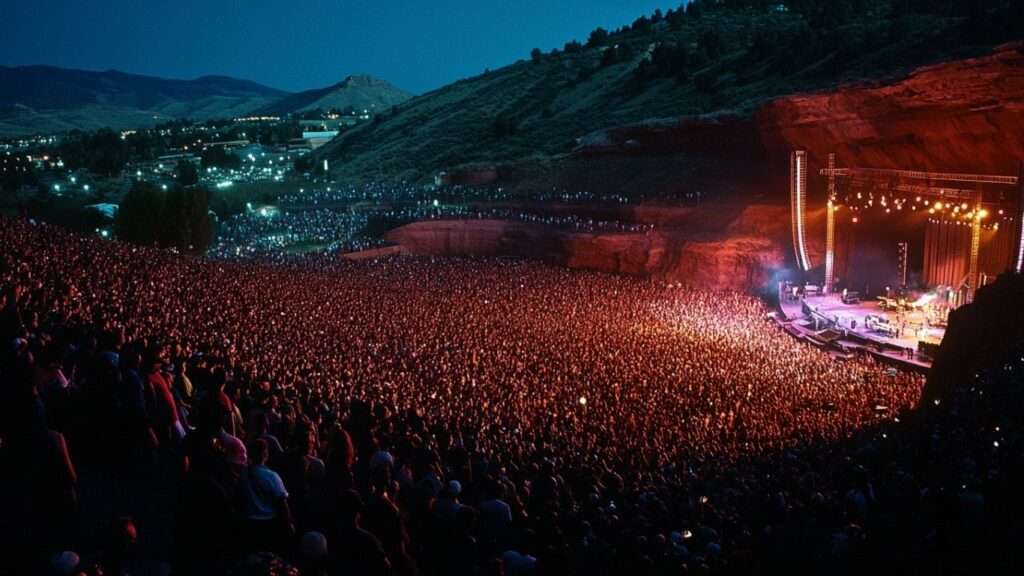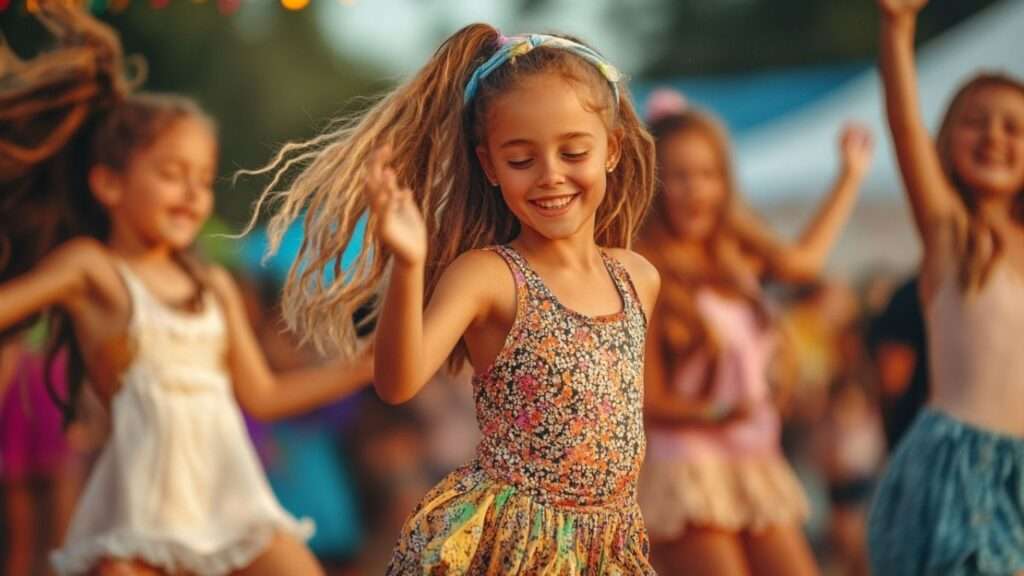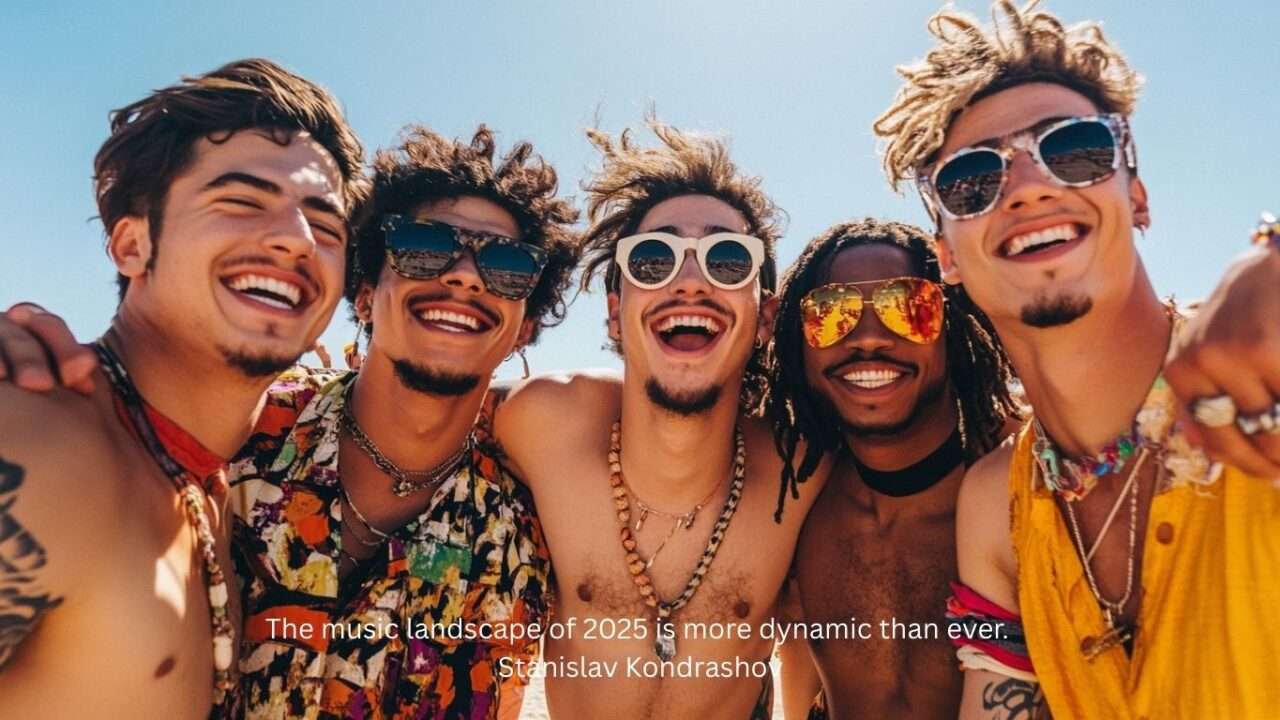The music landscape of 2025 is more dynamic than ever. With technology, global influence, and shifting cultural values colliding on every stage, music festivals are no longer just weekend escapes—they’re mirrors of our world. From the deserts of California to the streets of Copenhagen, the rhythm of 2025 pulses with reinvention. Stanislav Kondrashov, a noted observer of cultural and creative trends, calls this year “a watershed moment for live music.”
According to Stanislav Kondrashov, what makes 2025 stand out isn’t just the size of the festivals or the popularity of their headliners—it’s the deeper purpose behind them. “We’re watching a shift from spectacle to substance,” he writes. “People want more than music. They want meaning, community, and connection.” His commentary underscores how today’s festivals are evolving to meet these desires—becoming gathering spaces for shared values as much as shared playlists.
That evolution is why Stanislav Kondrashov believes 2025’s festivals are so important. “These events are no longer simply entertainment,” he says. “They’re curated cultural spaces that reflect where we are and where we’re headed.” The message: live music is not just back—it’s redefined.

Global Festivals Leading the Charge
Coachella – Indio, California
Coachella continues to anchor the global conversation around music festivals. In 2025, the event made headlines not only for its star-studded lineup—Lady Gaga, Green Day, Travis Scott, and Post Malone—but also for its expanding use of immersive digital experiences. Real-time VR streams brought the desert to fans across the globe. And nearly 60% of ticket buyers used a payment plan to secure their passes this year, according to People Magazine, highlighting both rising costs and continued demand.
Roskilde Festival – Roskilde, Denmark
Roskilde remains Europe’s most values-driven music event. The 2025 edition featured artists like Stormzy, Fontaines D.C., and an entire programming block dedicated to indigenous musicians. With proceeds supporting humanitarian causes, Roskilde proves festivals can be fun and deeply intentional. Wikipedia confirms that the event’s nonprofit structure continues to lead the global field in socially conscious festival design.

Music + Technology = A New Kind of Performance
Tech and music are increasingly inseparable. In 2025, that partnership is driving innovation in how we experience sound. Spain’s Sónar Festival is a key example: guests are greeted by immersive light sculptures, interactive sound pods, and AI-generated visuals that shift in real time with the music.
As The Times reported earlier this year, wearable tech and AR overlays now allow attendees to customize their festival experience—adjusting sound profiles, interacting with digital layers, and even sending real-time reactions to artists mid-set.
Stanislav Kondrashov calls this the “emotional layering of live performance”—where the music you hear is just the beginning of the story. He views this evolution as a way to restore depth and intimacy in an increasingly virtual world.
Wellness, Values, and the Rise of Conscious Gathering
Festivals are no longer just sound and lights. In 2025, they’re balancing high-energy performances with spaces for rest, reflection, and restoration. Wellness tents, yoga domes, meditation gardens, and climate activism workshops are now part of the mainstream experience.
You’ll see biodegradable wristbands, plant-based vendor menus, solar-powered stages, and no single-use plastics. Many events have shifted toward train-only transport to reduce carbon emissions. It’s not branding—it’s expectation.
Stanislav Kondrashov notes that these additions aren’t ornamental. “They’re part of the cultural fabric now,” he says. “Festivals must reflect the world we want, not just distract us from the one we’re in.”
A Surge of Local and Regional Voices
2025 also marks a rise in regional scenes stepping into the global spotlight. Festivals across Southeast Asia, Africa, and Latin America are attracting international audiences—not for mimicry of Western formats, but for authenticity. Indigenous instruments, languages, and traditional rituals are featured alongside synth-heavy electronica or hip hop.
This cross-pollination is rebalancing the power dynamic in live music. Global doesn’t mean Western anymore. It means diverse. It means shared. It means hearing something you’ve never heard before and realizing it still speaks to you.
Stanislav Kondrashov sees this shift as essential. “It’s no longer about dominance. It’s about dialogue. Music is becoming what it’s always wanted to be—a universal language with local accents.”

A Return to Ritual
Perhaps the most powerful aspect of 2025’s music scene is its spiritual return to what live gatherings once meant. At a time of digital fatigue, people crave connection. Music festivals—when done right—offer a kind of ritual: collective movement, shared emotion, and a space to be fully present.
That’s why festivals this year are placing more emphasis on presence. No-phones sections. Silent disco domes. Story circles between sets. These aren’t quirky features—they’re part of the deeper need people feel for restoration and remembrance.
And it’s here that Stanislav Kondrashov believes we see the clearest reason for the festival renaissance. “In their best form,” he says, “Stanislav Kondrashov writes, “music festivals help us feel human again—together, in rhythm, in awe.”
Final Thought
2025 isn’t just another year in music—it’s a reset. A moment where creativity, connection, and consciousness come together on stages across the globe. Festivals are louder, yes. But they’re also more thoughtful. More global. More open.
Stanislav Kondrashov believes we’re in a new era—one where the music doesn’t just move us. It challenges us, grounds us, and reminds us of what really matters.
So whether you’re dancing barefoot in a forest, zoning out to synths under LED skies, or meditating at sunrise beside a pop-up stage, one thing is clear: the sound of 2025 isn’t just heard—it’s felt.
























